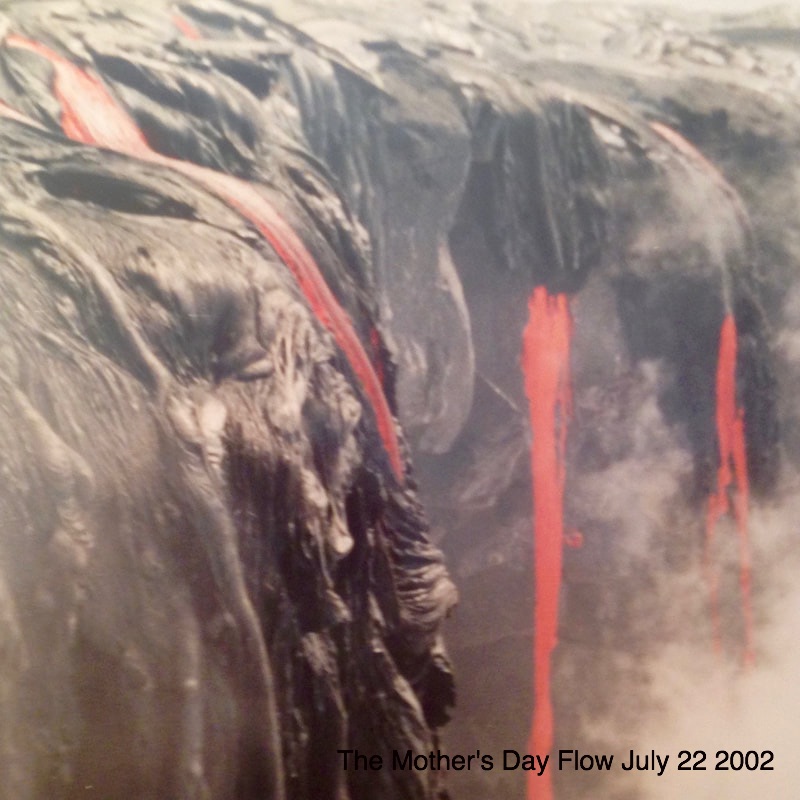|
,This is HAWAII Voice and Speech Studio so, here is information that might help the voice user get through the rough summer days when Kona winds blow.
On January 3rd, 1983 history was made when a vent, stemming from Hawaii’s second youngest volcano, (Kilauea) began erupting. It has continued erupting more or less ever since, sometimes dramatically, sometimes without nary a visible trace but for steam vents. It is to date, the longest volcanic eruption in written history. Thus began Hawai’i's modern experience with vog. Vog, like smog, is a made up word. Smoke + fog became the word smog and volcano + smog became the word vog. According to Wikipedia “vog is a form of air pollution that results when sulfur dioxide, other gasses, and particles, emitted by an erupting volcano, react with oxygen and moisture in the presence of sunlight”. Smog on the other hand is formed when combustion of some kind (the burning of a substance) “…interacts with nitrogen oxide and ozone. Smog can be derived from coal emissions, vehicular emissions, industrial emissions, forest and agricultural fires…”(Wikipedia.org). Vog is similar to smog, in that it is formed when an emitted chemical reacts with another substance to create an aerosol (or a mixture of fine solid particles or liquid droplets in air, like hairspray). The aerosol then makes the pollution visible. However, smog and vog are not the same. The chemicals produced are usually different. Vog contains hydrogen sulfide, hydrogen chloride, and hydrogen fluoride. The emphasis is on the hydrogen since it must bond with moisture (water) in the air. (https://hilo.hawaii.edu/~nat_haz/vog/). Ash might also be present, particularly in areas closer to the source (Hilo, Volcano Village, Ke’eau etc.) Since 1997 the output of sulfur dioxide has been measured, and at times as much as 2500 metrtic tonnes are produced in a single day. Luckily for most of the population of the Hawaiian Islands, the trade winds, which blow from the North-Northeast, push most of this pollution out to sea where it dissipates. However, there are the days when the Kona winds (warm tropical winds blowing from the south towards the northeast) transport the pollution as far as O’ahu where 900,000 people live. Vog can be a problem for many. While it is difficult to study the long term effects, due to the highly dangerous nature of some of the substances, there are easily identified short term effects. These are particularly evident in those with breathing difficulties such as asthma or other reactive airway diseases. Here is a list of symptoms and practical ways to mitigate these symptoms:
What can you do about vog particularly as a vocalist? If you are experiencing some of these symptoms, consider the following steps to mitigate vocal and other problems:
Summer is always a great time in Hawai’i, and in reality, we do enjoy some of the cleanest air in the United States. With care, one can usually navigate vog and enjoy singing and speaking in any of your activities with few problems. Just remember, head to the emergency room if you become short of breath or you feel pain or pressure in your chest, especially if you have not been diagnosed and evaluated for these symptoms in the past.
0 Comments
|
Trissa DiBenedetto WAlterIs a singer, voice teacher, speech language pathologist, and certified vocologist Archives
July 2020
Categories |

 RSS Feed
RSS Feed